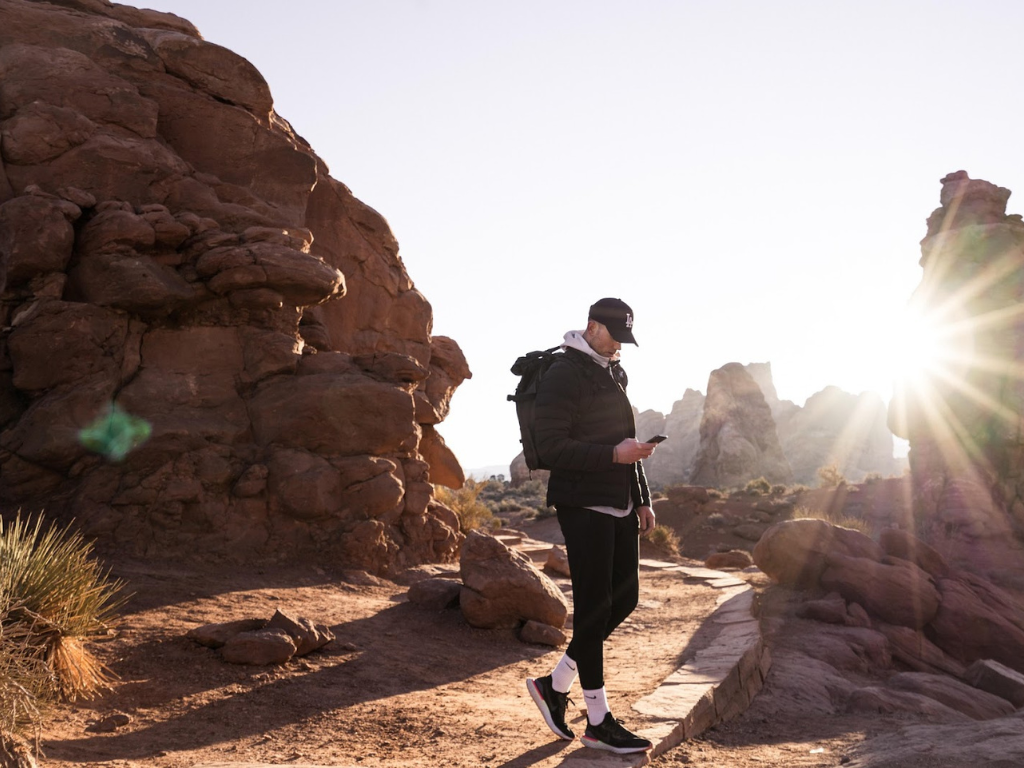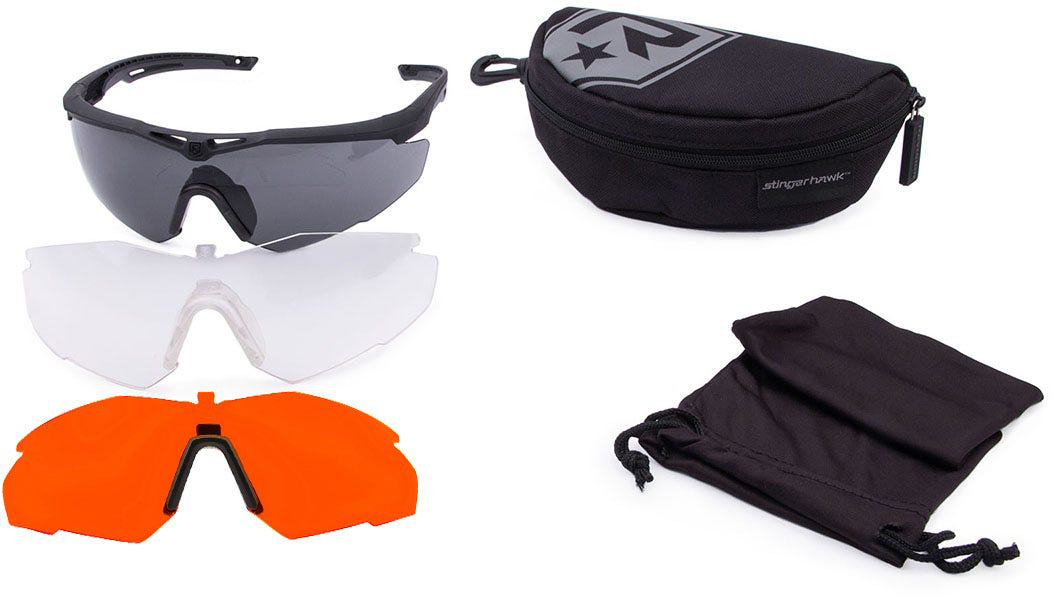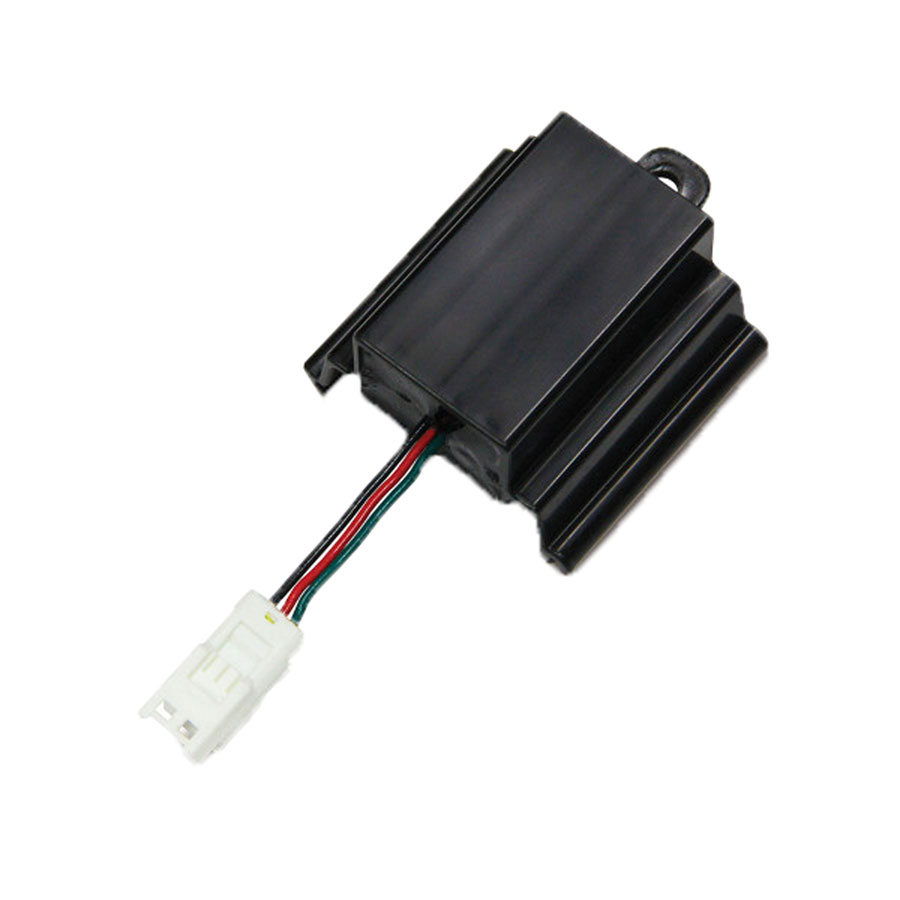Summertime is a popular season for going on an outdoor adventure. Some folks may be embarking on their first outdoor adventure, while others are getting ready to conquer one of the three major hiking challenges in the USA. All trekkers are going up against the same hardship: the blazing temperatures of summer!
That’s nothing to worry about! Grab a cold one, keep on reading, and we’ll break down the tactical approach to keeping your cool when the heat strikes on the trail!
SUMMER HIKING SAFETY: UNDERSTANDING HEAT-RELATED RISKS
Tactical preparation for hiking in heat conditions begins with awareness of how it can be harmful. Any hiker who is devoted to fitness must consider all the health risks involved in such an activity. A long trek consumes stamina, incites dehydration and drains your energy, on top of the effects that summer heat can inflict on your person. A summer hike can be fun, but it also poses risks that you need to guard yourself against!
Dehydration is a major concern. It seems obvious, but it’s worth stating because we see summer hikers experience this condition more often than you’d think! Unfortunately, a lot of people approach trail hiking like it’s a walk in the park! On a good day, that might not be far from the truth. But part of tactical hiking is knowing that things can go awry. Even on well-traveled trails, people have been known to get lost and run out of water.
Dehydration puts you on the fast track to fatigue. Signs of dehydration include a parched mouth, powerful thirst, weakness and dizziness. Your body will stop responding efficiently. You may experience impaired judgment as well. This can lead to more serious health issues if left unchecked.
Heat exhaustion is debilitating. Weakness, dizziness and nausea are likely to overcome you. Extreme perspiration is another sign. That happens when your body is overheating and trying to do everything it can to cool you off. Should you start feeling heat exhaustion, you need to get away from the sun immediately.
Heat stroke is a major problem. You don’t want to get to this critical point. It’s a serious medical issue that demands emergency care. Mental confusion, even delirium, can strike a sufferer. A person with heat stroke is likely to exhibit slurred speech and a dangerously high temperature (over 40℃). Someone experiencing heat stroke needs to receive cooling treatment right away.
TACTICAL HYDRATION TIPS: YOUR DEFENSE AGAINST WATER LOSS
Preventing heat-related afflictions isn’t a difficult task. Equip yourself heatwave hiking gear, including a generous amount of drinking water. As you hike, you need to do something about the water loss, which can amount to as much as 60 ounces every hour. That’s where hydration systems for hikers come in. They can ensure you get enough water on the trail, and you’ll barely even have to stop to take a drink.
A simple system of this kind provides you with a water bladder and drinking tube. The bladder is flexible and easy to secure in a tactical backpack while hiking. It’s a hands-free hydration system, allowing you to sip water through the drinking tube. The tube is usually insulated (to conserve the temperature) and equipped with a mouth attachment. You only need to bite it to get the water flowing into your throat.
You can find hydration systems for hikers at most outdoor adventure stores. Our 14er Tactical Backpack summer plan calls for a MOLLE hydration pack or pouch. This type of product is highly compatible with the best summer hiking gear! You see, the 14er Tactical Backpack includes PALS straps—a MOLLE arrangement that makes it easy to configure the bag by attaching external pouches and compartments. That means a MOLLE hydration pack can be quickly secured to the tactical backpack. It’s a smart and convenient option.
Our tactical hydration tips wouldn’t be complete without a word on electrolytes. When you’re sweating, your body flushes out salt and other minerals along with your perspiration. So if you wish to hydrate, you require more than water to make up for the loss. Electrolyte infused fluids allow you to better maintain a good balance of minerals in your body. They can replenish what you have lost from sweating while hiking in heat.
We recommend using electrolyte tablets or powders for this purpose. While you can get sports drinks that contain electrolytes, they often come with added sugar, carbohydrates or other ingredients that you can go without.

HEATSTROKE PREVENTION OUTDOOR TIPS: HEATWAVE HIKING GEAR
Applying our tactical hydration tips should go a long way to protecting you from heat exhaustion or heat stroke. But we advise taking a few extra steps as well. If you’re equipped with the best summer hiking gear for the trail, you’ll all but ensure that the sun won’t do you no harm!
Sunscreen and other forms of sun protection are essential for summer hiking safety. Such products can keep you from getting sunburned, which is a condition that affects your body’s ability to cool itself down.
Breathable, lightweight clothing helps with heatstroke prevention outdoors. Hikers can also take care to wear loose fitting garments as top layers. That type of attire allows for better air circulation, which helps your body stay cooler. For your lower body, ventilated tactical pants can be a great option. We’re talking about pants that are designed with zippered vents that you can unzip to improve airflow.
If you expect to perspire a lot, invest in moisture wicking clothing, especially for your inner layers and socks! You don’t want cotton materials in this case, since cotton is highly absorbent. It will retain moisture and feel uncomfortable.
THE 14ER TACTICAL BACKPACK SUMMER GUIDE: WHEN, WHERE, AND HOW TO HIKE
When you’re planning a hike, you should plan with summer hiking safety in mind. Not only will you reduce your personal risk, you’ll facilitate a more enjoyable outdoor experience overall! You’ll have a more comfortable time and have more opportunities to focus on appreciating nature instead of agonizing over the pains of hiking in heat.
Research the trail long before you get there! How difficult is it? How long will it take to hike? What are the expected temperatures you’ll experience? Check up on the likely weather conditions and recent reports about the trail. The more information you can gather, the more effectively you can prepare for your trek.
Be sure to obtain a trail map. It’s a good idea to have a physical map (even if you print it out yourself), along with a digital version on your mobile device. A good map will mark out rest areas and water spots, which will help you determine a good route.
We recommend that you start the hike in the early hours of the morning. Get moving during the cooler times of the day! When the heat gets intense, slow down or pause for a rest.
Be equipped to handle heat-related medical emergencies. You should be carrying an IFAK (individual first aid kit) with essential emergency supplies. For a summer hike, check that your kit includes electrolyte powder packets, burn gels (to treat sunburn), cooling packs (good for heat exhaustion), and adequate sunscreen (SPF 30+). You might also want to bring some oral rehydration salts (ORS), which can help counter severe dehydration.
Good luck preparing, and have a wonderful summer hiking experience!

Read the full article here








Leave a Reply